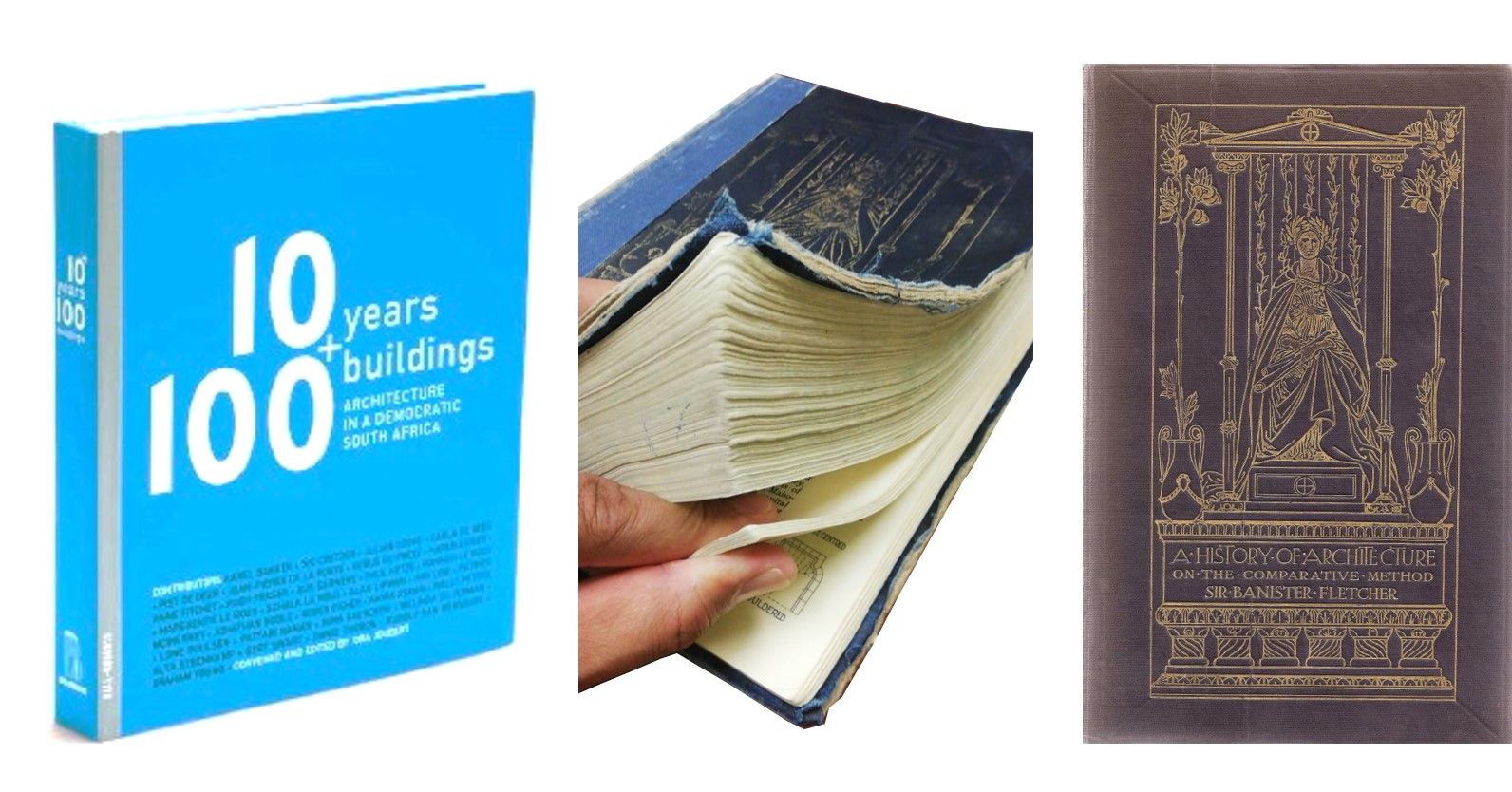
CRITICAL TOOLS (PART 4): Authorship in architecture
This is the fourth in a series on ‘critical tools’, that helps to enable critical readings of contemporary architecture in South Africa.
In this lecture I discuss how the minor professional representation by those ‘previously’ disadvantaged extends similarly into other academic, scholarship and institutional spaces - and hence weighs extensively and profoundly upon the very authorship of the discipline itself.
"[T]he hegemonic condition of constituents and authorship ... as facts of demographics ... are beyond dispute, even though some may find them alarming given their relative scarcity in scholarship and taboo in public discourse." (Toffa 2020:44-45)
Although notions of multiculturalism and diversity generally occupy and are celebrated as central themes in 'contemporary' South African architecture, they often do so as abstractions or marked with cognitive dissonance, within what in effect are often normalised conditions of coloniality.
Sources:
Academy of Science of South Africa (ASSAf), 2018, Report on grouped peer review of scholarly journals in architecture, built environment and engineering, viewed 19 October 2018, from https://doi.org/10.17159/assaf.2018/0023.
Fletcher, B. 1905. A history of architecture on the Comparative Method. London: Bradbury, Agnew & Co.
Toffa, T., 2020, ‘Learning to speak? Of transformation, race and the colonialities of architecture’, in A.O.S. Osman (ed.), Cities, space and power, The Built Environment in Emerging Economies (BEinEE): Cities, Space and Transformation Book series Volume 1, pp. 29–76, AOSIS, Cape Town.
